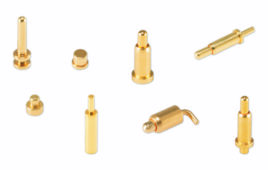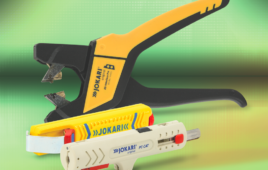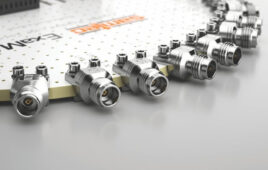Committees are working on the Gigabit version of the Power-over-Ethernet specification, but engineers can already build hardware compliant to the standard’s requirements. When implemented, IEEE 802.3at (PoEPlus) will allow PoE in Gigabit systems and enable at least 30 W of power and potentially up to 60 W to attached devices.
Phihong USA has already developed products that deliver high-power PoE. Company engineers proposed allowing mid-spans used in Power-over-Ethernet applications to put the power onto the data pair as required for Gigabit systems.
“Numerous presentations to the IEEE have proven that this can be done without affecting the channel characteristics as specified in IEEE802.3 specifications,” said Keith Hopwood, vice president of marketing for Phihong USA.
For Gigabit systems, all wires are used to carry data, so power must be put on the data pair. If 4-pair powering gets ratified, a similar rule would apply. Applications that will benefit from the increased IEEE802.3 at classifications and voltage include wireless multi-radio access points, Pan Tilt Zoom security cameras, IP phones with streaming video displays, computer workstations, and LCD display panels. Other applications, including emergency lighting, security system sensors, and medical monitoring will benefit from combining data and central backup power.
Phihong USA
www.phihong.com
:: Design World ::
Filed Under: CONNECTIVITY • fieldbuses • networks





Tell Us What You Think!